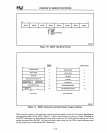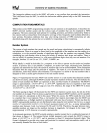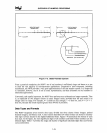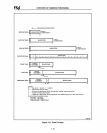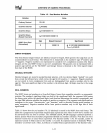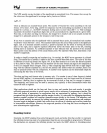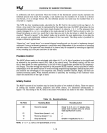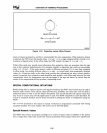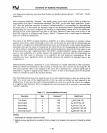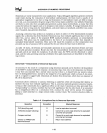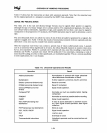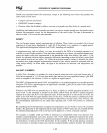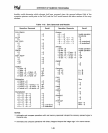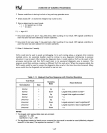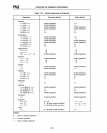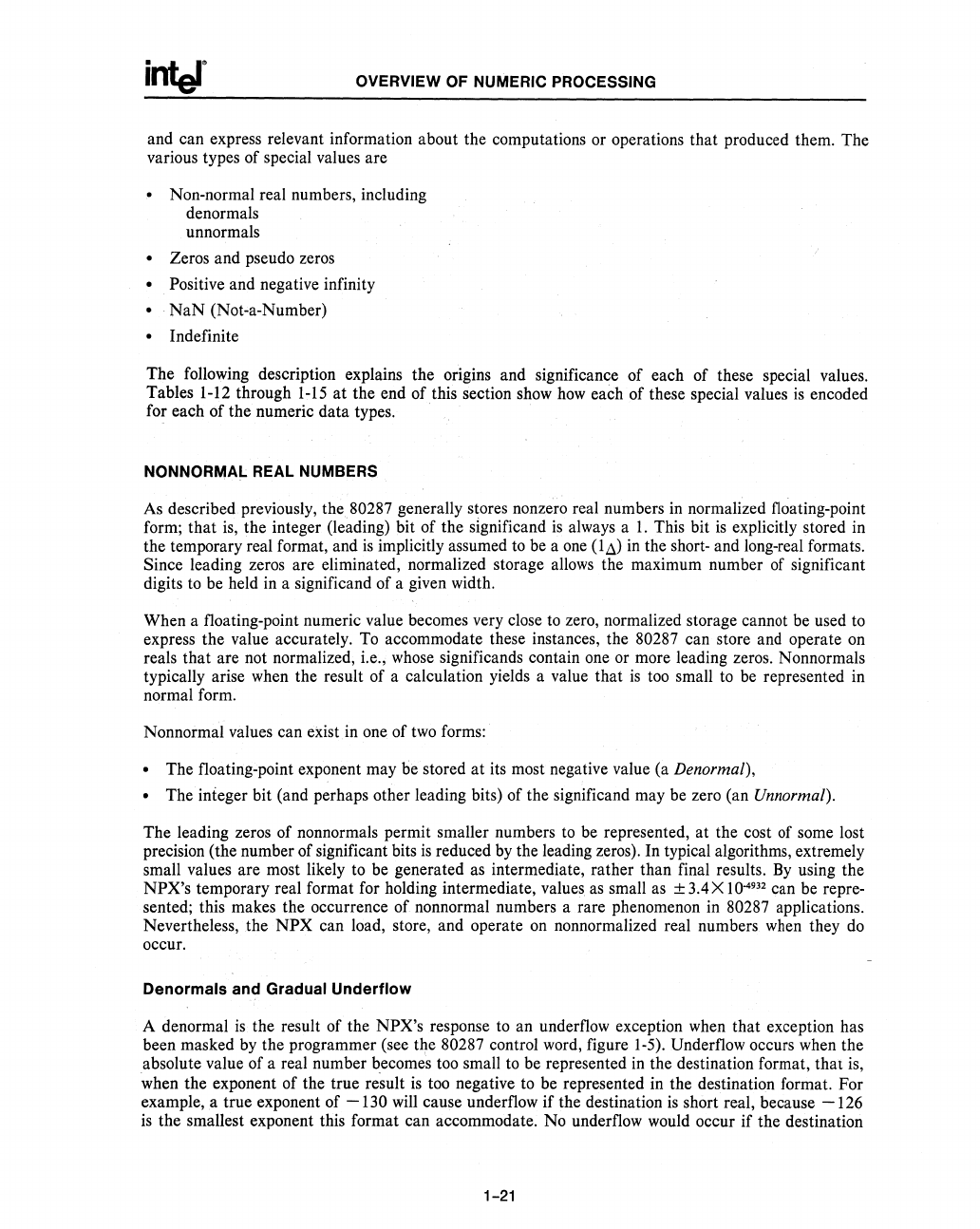
OVERVIEW OF NUMERIC PROCESSING
and can express relevant information about the computations or operations that produced them. The
various types of special values are
Non-normal real numbers, including
denormals
unnormals
Zeros and pseudo zeros
Positive and negative infinity
NaN
(Not-a-Number)
Indefinite
The following description explains the ongms and significance of each of these special values.
Tables
1-12 through
1-15
at the end of this section show
how
each of these special values
is
encoded
for each of the numeric data types.
NONNORMAL
REAL
NUMBERS
As described previously, the 80287 generally stores nonzero real numbers in normalized floating-point
form;
that
is, the integer (leading) bit of the significand
is
always a
1.
This bit
is
explicitly stored in
the temporary real format, and
is
implicitly assumed to be a
one
(ILl)
in
the short- and long-real formats.
Since leading zeros are eliminated, normalized storage allows the maximum number
of
significant
digits to be held in a significand of a given width.
When a floating-point numeric value becomes very close
to
zero, normalized storage cannot be used to
express the value accurately.
To
accommodate these instances, the 80287 can store and operate
on
reals that are not normalized, i.e., whose significands contain one or more leading zeros. Nonnormals
typically arise when the result of a calculation yields a value that
is
too small to be represented in
normal form.
Nonnormal values can
exist in one
of
two forms:
The floating-point exponent may be stored
at
its most negative value (a Denormal),
• The integer bit (and perhaps other leading bits) of the significand may be zero (an Unnormal).
The leading zeros of nonnormals permit smaller numbers
to
be
represented, at the cost of some lost
precision (the number of significant bits
is
reduced by the leading zeros). In typical algorithms, extremely
small values are most likely to be generated
as
intermediate, rather than final results.
By
using the
NPX's temporary real format for holding intermediate, values
as
small
as
± 3.4
XI
0-4932
can be repre-
sented; this makes the occurrence of nonnormal numbers a rare phenomenon in 80287 applications.
Nevertheless, the
NPX
can load, store, and operate
on
nonnormalized real numbers when they
do
occur.
Denormals and Gradual Underflow
A denormal
is
the result of the NPX's response to an underflow exception when that exception has
been masked by the programmer (see the 80287 control word, figure
1-5).
Underflow occurs when the
absolute value of a real number becomes too small to be represented in the destination format, that is,
when the exponent of the true result
is
too negative to be represented in the destination format. For
example, a true exponent of
-l30
will cause underflow
if
the destination
is
short real, because
-126
is
the smallest exponent this format can accommodate. No underflow would occur
if
the destination
1-21



